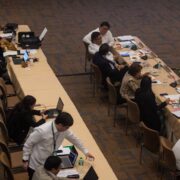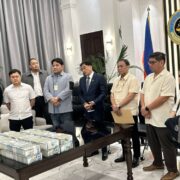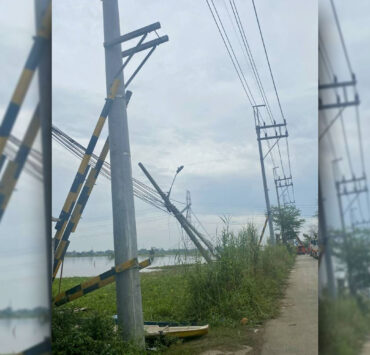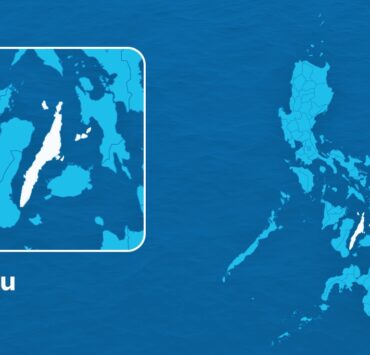Rare croc returned to Cotabato marsh; fishers fear attacks
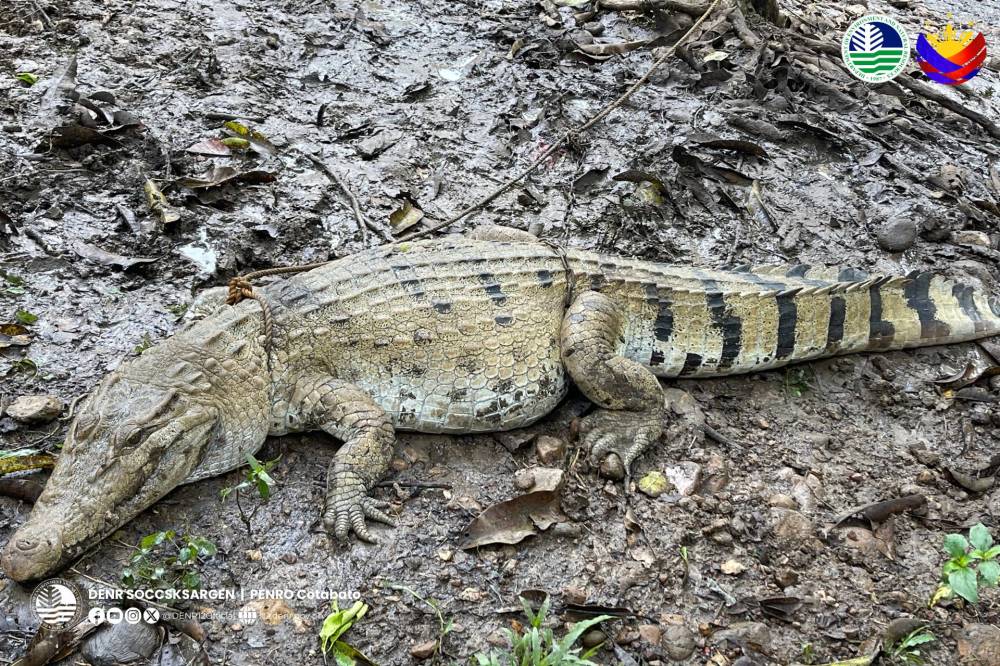
KABACAN, COTABATO—A rare crocodile that was released to the wild in Cotabato province recently has triggered worries among marginal inland fishers who fear the reptile could attack them in the future.
Environment workers on Wednesday brought back to the Ligawasan Marsh in this town a female Philippine freshwater crocodile (Crocodylus mindorensis) that was rescued by some residents of Barangay Sarayan in President Roxas town on May 30.
Director Felix Alicer of the Department of Environment and Natural Resources (DENR) in the Soccsksargen region, said the crocodile was turned over by the locals to personnel of the DENR’s Provincial Environment and Natural Resources Office in Cotabato on June 3.
Alicer said the crocodile, measuring about 6.6 feet in length and weighing some 60 kilos, was discovered in a creek in Barangay Sarayan by a resident, Alfred Villanueva, and his companions.
After observing it returning to the same location, they rescued the animal and reported it to barangay officials for safe and proper handling.
Veterinarian Jessa Del Remonde of Kidapawan City assessed the crocodile and found her to be healthy. She was then placed under the temporary care of the Wildlife Research and Rescue Center of the Kabacan-based University of Southern Mindanao for further observation.
Safety issues
Alicer said the crocodile was released in a portion of the 220,000-hectare marsh in Kabacan town.
Upon knowing that the crocodile was allowed back to its natural habitat, some fishers living in marshland communities in Mlang town called out authorities.
“Our authorities could have placed it in a crocodile farm for her safety and that of the freshwater fisher folks in the marshland,” Rizaldy Ablang said in the vernacular.
According to Ablang, fishing in the Ligawasan Marsh is his main source of livelihood hence it concerns him that a crocodile is lurking there, and can just be lying in wait for a prey.
Some 10 of 37 villages in Mlang lie along the marsh, which makes fishing a key livelihood activity for many households.
“We could be vulnerable to crocodile attack because of that. I hope she won’t attack humans,” Ablang said.
The Philippine freshwater crocodile, which is endemic in the country, is one of the world’s rarest crocodilian species.
The International Union for Conservation of Nature listed it as among the world’s critically endangered species with an estimated population of about a hundred mature individuals.
Shy beast
The species is protected under Republic Act No. 9147 or the Wildlife Resources Conservation and Protection Act that aims to reverse the threats to its population, mainly habitat loss and intrusive human activity.
The mindorensis crocodile is characterized as a shy beast unlike its aggressive cousins that thrive in saltwater, Crocodylus porosus.
As one of the least studied crocodile species in the world, scientists and conservation groups have been pushing for more research to better understand the freshwater reptile’s behavior so that appropriate measures can be promoted to protect its declining population.



